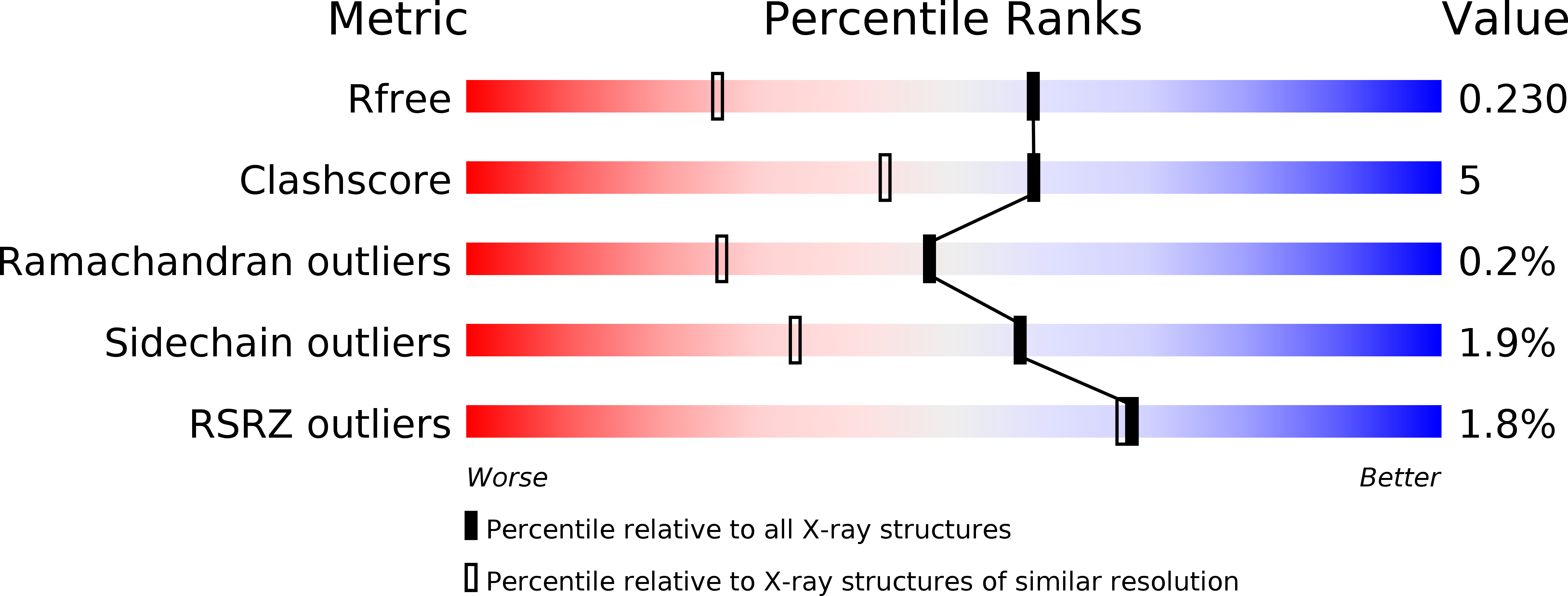
Deposition Date
2008-02-21
Release Date
2008-03-11
Last Version Date
2024-03-13
Entry Detail
Biological Source:
Source Organism:
Brucella melitensis (Taxon ID: 29459)
Host Organism:
Method Details:
Experimental Method:
Resolution:
1.60 Å
R-Value Free:
0.23
R-Value Work:
0.19
R-Value Observed:
0.19
Space Group:
P 21 21 21


